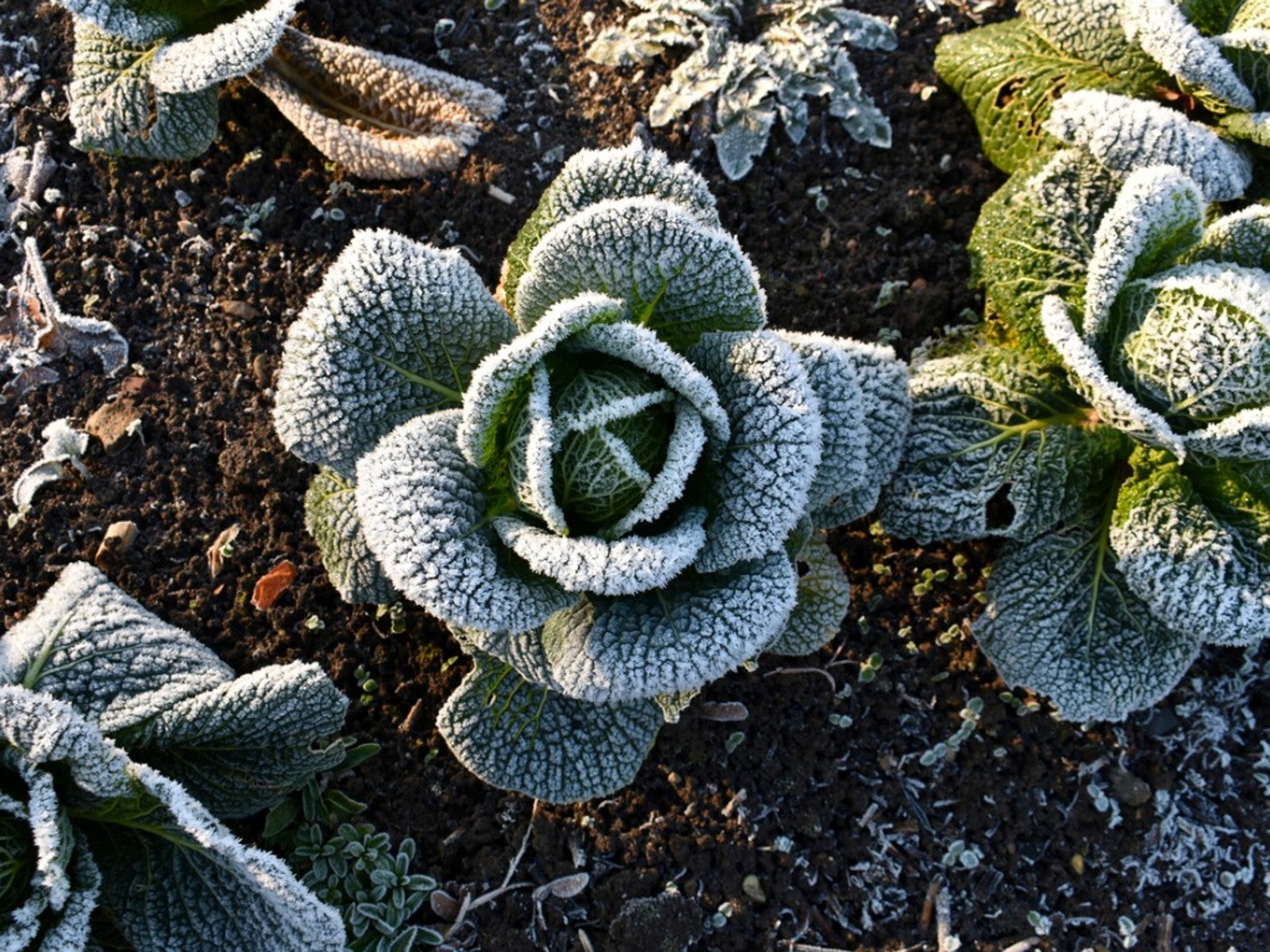How To Use Soil Heating Cables To Grow In Winter


Knowing how to keep soil warm in winter means that you can extend your growing season. There are different ways to do this, but soil heating cables are popular for a simple way to provide consistent warmth.
Why Warm the Soil in Winter?
There are many reasons people use heating cables and other methods to warm soil in winter:
• Extending the growing season later into the fall, earlier in spring, or year-round
• Overwintering plants that are not fully hardy
• Starting transplants or root cuttings
• Hardening off transplants begun indoors
Extending the growing season is the primary reason to warm soil. It allows you to get a longer harvest or to grow more delicate plants than you would be able to otherwise.
Sign up for the Gardening Know How newsletter today and receive a free copy of our e-book "How to Grow Delicious Tomatoes".
Structures to Use with Soil Warming Cables
Simply adding cables to an open garden bed is neither energy efficient nor very effective. While cables in an open bed might protect some plants or be useful in locations with mild winters, it’s not generally a good idea. The soil will dissipate a lot of that heat into the air.
A better strategy is to use cables within a structure that retains heat. You can do this on a small or large scale. For example, a small cold frame or hot box is easy to put together. Run heating cables through the soil to grow winter vegetables or to start transplants in early spring.
On a larger scale, a plastic tunnel acts like a greenhouse for growing many plants throughout the winter. In milder climates, the tunnel might be enough to keep plants warm. With more extreme seasons, use heated soil cables along with a tunnel for the best results.
Choose Your Cables
As you shop for heating cables, you’ll find that there is more than one option. Choose the right cables for your purposes based on length and watts. Determine the length of cable you need based on the area to be heated and the amount of heat needed. In a milder climate, aim for about 10 watts per square foot and go up to 12 for colder winters.
A simple calculation will help you figure out how to space the cable in the bed. Multiply the watts per foot of the cable you purchase by 12. Divide that number by the wattage per square foot you want for your bed. This number will be the spacing in inches between loops of cable.
How to Warm Soil with Heating Cables
To make a hotbed out of a cold frame or similar construction, first select the location. Choose a spot where you can easily plug in the cables or use an extension cord if necessary.
Prepare the area by digging down and removing soil to a depth of 6 to 12 inches (15-31 cm.) where you will situate the frame or box. Fill the space with about 4 inches (10 cm.) of sand and lay the cable on top of it. Space the loops according to your calculations.
Cover the cable with more sand and hardware cloth. You can then put containers right on top or add potting soil over the cloth and put the plants directly in the soil. It’s a good idea to attach a thermostat to the cable so you can track the temperature and adjust the set up as needed.
Using heating cables is pretty straightforward, but if you do make a mistake, it can be dangerous. Never cut or splice a cable and ensure they won’t touch and overheat. If you are unsure if you can do it safely, hire an electrician to do the installation.

Mary Ellen Ellis has been gardening for over 20 years. With degrees in Chemistry and Biology, Mary Ellen's specialties are flowers, native plants, and herbs.